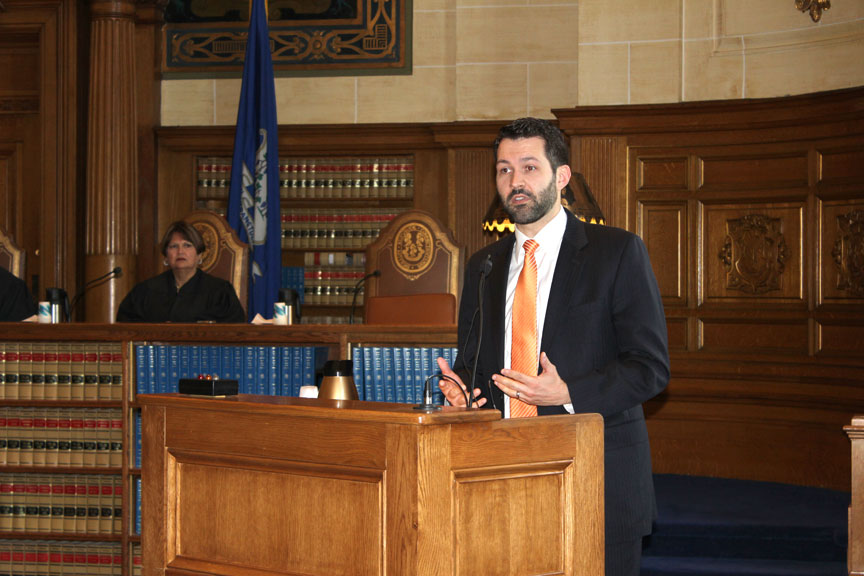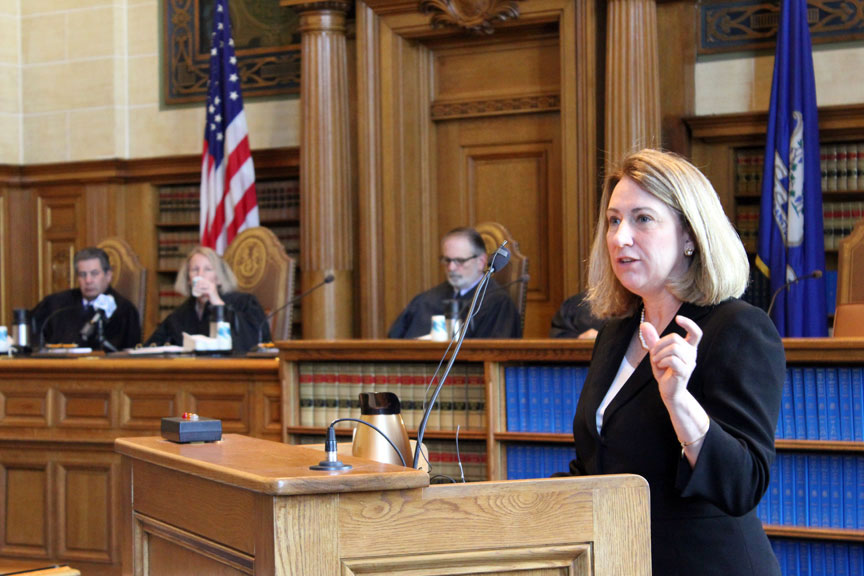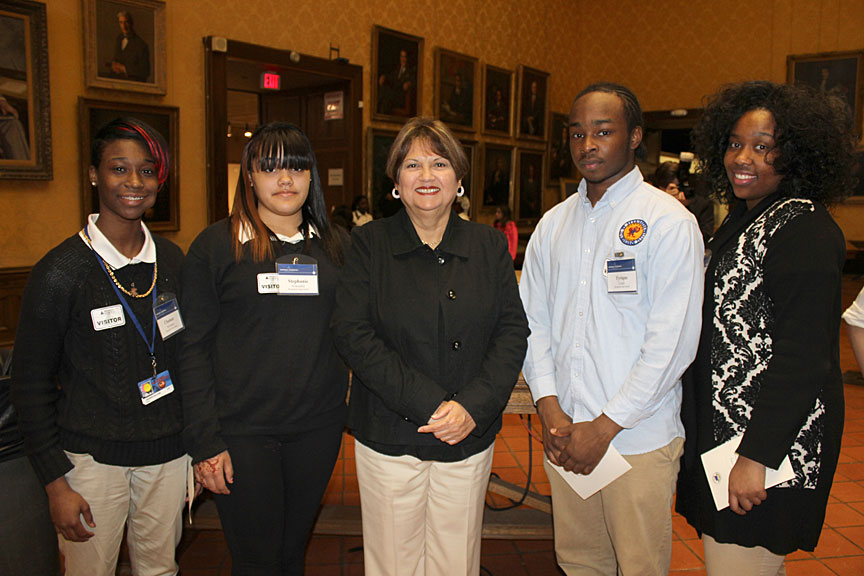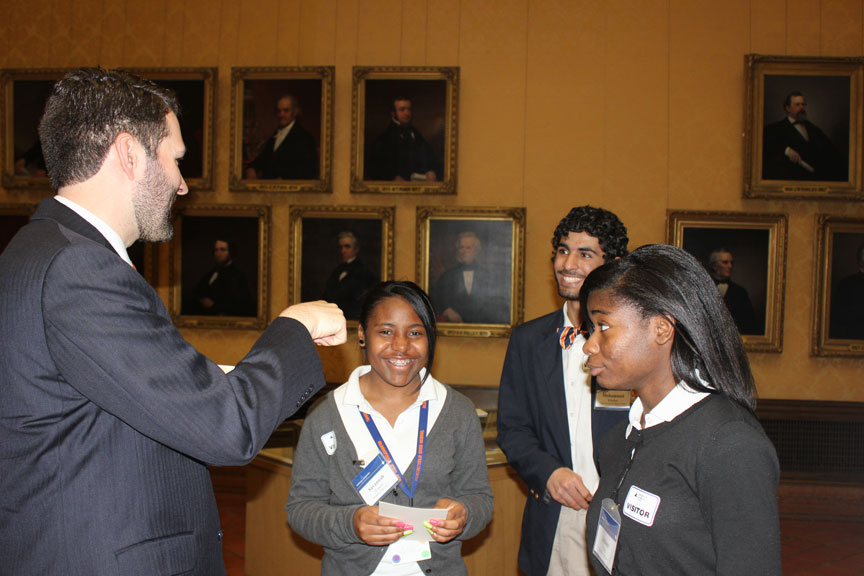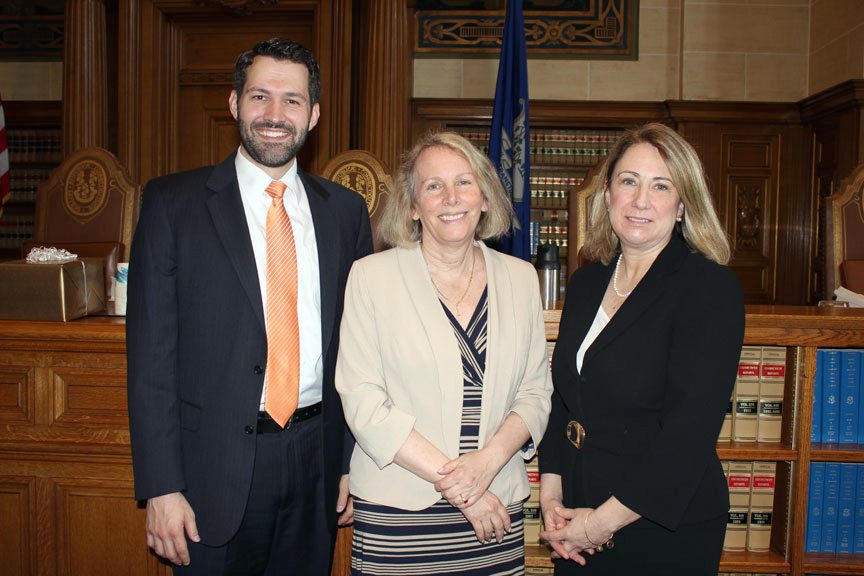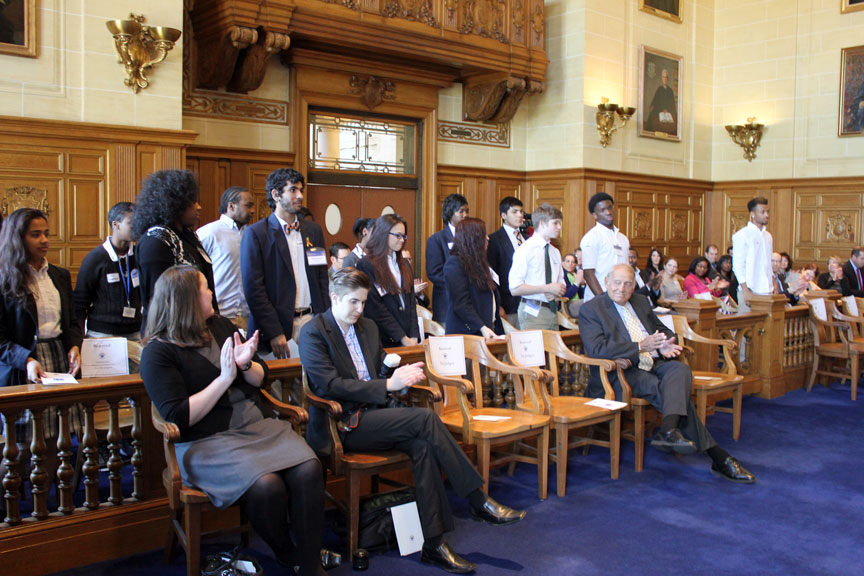
The mission of the Connecticut Judicial Branch is to serve the interests of justice and the public by resolving matters brought before it in a fair, timely, efficient and open manner.
Judicial HOME
Americans with Disabilities (ADA)
Case Look-up
Civil and Housing Livestreams
Court Service Centers
Courts
CT Remote Guide
Directions
Directories
Divorce, Custody and Visitation
E-Services
FAQs
Forms
Law Libraries
Legal Notices
Limited English Proficiency (LEP)
Minimum Continuing Legal Education (MCLE)
Opinions
Opportunities
Self-Help
Statistics / Reports
Traffic Tickets
- Directories Home
- Administration - PDF
- Adult Probation
- Bail Services
- Court Service Centers
- Court Support Services
- Family Services
- Family Support Magistrates
- Geographical Areas
- Housing
- Judges
- Judicial Districts
- Juvenile Detention
- Juvenile Matters - PDF
- Juvenile Probation
- Law Libraries
- Magistrates - PDF
- Probate Courts
- Small Claims
- Staff Phone Directory
- State Marshals
- Support Enforcement
- FAQ Home
- About Attorneys
- Adult & Juvenile Offenses for 16-yr olds - PDF
- Adult Probation
- Americans with Disabilities Act
- Bail
- Child Support
- Connecticut Law Journal
- Court Records
- Divorce
- DOJ Civil Rights Complaints
- Domestic Violence
- E-filing FAQs - PDF
- Family
- Foreclosure Mediation
- How can I complain about a judge?
- Jury Service
- Juvenile Matters Links
- Juvenile Probation
- Juvenile Residential Services
- Landlord/Tenant/ Housing
- Language Help (LEP)
- Law Libraries FAQs
- Legal Clinics and Help
- Legal Notices by Publication
- Media
- Minimum Continuing Legal Education
- Online Dispute Resolution
- Prison Rape Elimination Act (PREA)
- Probate Court
- Representing Yourself
- Small Claims
- Traffic Violations
- Victim Services
- What is CSSD?
Connecticut Judicial Branch
Quick Links
American Democracy and the Rule of Law: Why Every Vote Matters
Law Day 2014
Supreme Court Law Day Observance
The Importance of a Citizen’s Right to Vote and the Challenges Still Facing Many Americans
HARTFORD—When Chief Justice Chase T. Rogers welcomed all those gathered for the Connecticut Supreme Court’s 2014 Law Day ceremonies, May 2nd, she took a moment to reflect on this year’s theme—American Democracy and the Rule of Law: Why Every Vote Matters.
After welcoming members of the Connecticut Bar Association, fellow justices and high school students from Bloomfield and Hartford’s Capital Preparatory Magnet School, the Chief Justice said:
"As we look around the world, we see many people fighting for the freedom to select their own leaders. This is a right that we as Americans often take for granted. This is unfortunate because thousands of people from all walks of life have sacrificed their lives for this right."
"Regardless of your political affiliation, I think we can all agree on one thing—our forefathers intended this country to be defined as a democracy that elects its leaders by the people,"she added. “This is the social compact that the people make with the leaders of this country. In exchange, the people agree to some measure of authority over their lives by government. This is necessary to ensure an orderly society and highlights the importance of an individual vote."
On the 50th-year anniversary of the Civil Rights Act of 1964 and the eve of the 50th-year anniversary of the Voting Rights Act of 1965, the American Bar Association, sponsors of Law Day throughout the country, ask all "…to reflect on the importance of a citizen’s right to vote and the challenges we still face in ensuring that all Americans have the opportunity to participate in our democracy."
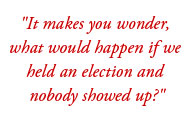
Who better to address this notion than the Supreme Court’s Law Day Keynote Speaker, Professor Douglas M. Spencer, J.D., Ph.D., who is an expert on election law—with emphasis on election policies and the Voting Rights Act—and whose research currently focuses on the institutional regulation of elections at the intersection of law and political science.
Dr. Spencer opened by providing statistics on the percentage of eligible voters who turn out to vote for the president every four years (60 percent), Senators and Representatives during mid-term years (40 percent) and far fewer turn out to vote for state and local officials in off-years. In fact, Dr. Spencer noted, just five percent of eligible Hartford voters turned out for the latest School Board election.
"It makes you wonder, what would happen if we held an election and nobody showed up?" Dr. Spencer quipped.
But it is a statement, he believes, that is not far-fetched, particularly at the local election level.
He noted: "Abraham Lincoln once said, 'Elections belong to the people. It’s their decision. If they decide to turn their backs on the fire and burn their behinds, then they will just have to sit on their blisters.'"
In other words, Dr. Spencer noted, "In virtually every election those who exercise their right to vote are far outnumbered by those who stay at home."
But there is a conundrum that exists between experts concerning those who vote and those who don’t, according to Dr. Spencer.
"To many, low turnout signals a general apathy about politics and undermines the legitimacy of our elected leaders who are elected by a minority of the population,†he explained. “Many people point to America’s low turnout as evidence that something is wrong with our electoral system. They may be right. On the other hand, the issue may be more nuanced."
Some scholars, he explained, say that non-voting could be a sign of contentment and a satisfied electorate. But Dr. Spencer took this a step further and said, “If the 40 percent of the population that votes is representative of the population as a whole, then the outcome of the election is both accurate and legitimate.
"What I would like to impress upon you today is the idea that the number of voters that turn out is less important than the representativeness of the voters that turn out."
He then pointed out that people with more education and high incomes are "far more likely" to vote than those with less advantages. Citing a quote in a study by Alexander Keyssar, he quoted, "The people who are least likely to be content or satisfied—and the most likely to need government help—are those who are least likely to vote."
Dr. Spencer discussed some of the obstacles that some voters—the poor, racial minorities, students (to name a few)—face such as restrictive voting laws, the push for photo IDs, redistricting, campaign finance, cutbacks to early voting and times that polls open and close, long lines and limited ballots.
"So the effect on turn out is uneven, meaning the laws could impact the outcome of an election," he said. "The fear of partisan distortion is what has fueled the controversy, not the burden on individual rights."
In closing, Dr. Spencer said: "Despite the various attacks on voting rights in recent years, the right to vote is available to nearly all adult citizens…As we celebrate the 50th anniversaries of the Civil Rights Act and the Voting Rights Act, we pause to think about the progress we’ve made with regards to voting rights, but also to find a renewed push to finish the task of making sure that every vote matters."
Attorney Kimberly Knox followed with an engaging discussion of Connecticut’s approach to voting rights through the years—including a proposed amendment at the 1818 Constitutional Convention by the State’s first Chief Justice Stephen Mix Mitchell—to eliminate "white male" from the eligibility requirement. This, she noted, "…would have effectively eliminated the race and sex limitation. But in the end, and by a narrow margin, the right to vote was preserved for all adult white men who paid taxes or had served in the military."
Read Attorney Knox’s entire speech - PDF | Read Dr. Spencer's entire speech - PDF
Top
Home | Common Legal Words | Contact Us | Related Links | Site Index | Website Awards | Policies and Disclaimers | CT.gov | Public Defender Services
Connecticut Judicial Branch © 2017
